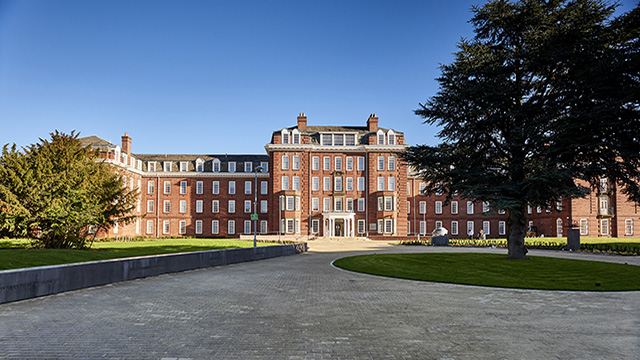Editor’s comment: Grimsey 1 didn’t change the world. So should we expect anything significant to emerge from Grimsey 2?
The past review by the former Wickes, Iceland, Booker and Focus DIY chief executive of the future of the high street appeared in 2013. And then, by and large, disappeared. But, undeterred, Bill Grimsey is back. And there are signs that this time his views will get more air time.
The reasons for why not then and why now are legion, but at least five stand out.
Timing is everything. Online’s march has accelerated and retail is in the grip of a(nother) crisis.
2018 is shaping up to be the year of the CVA. And vacancy rates could be overwhelming. Some 6.7m sq ft of space has been relinquished to the market to date; millions more could follow, with an additional 27m sq ft of new space in the pipeline. (Those figures come from Radius Data Exchange, which, in the interests of full disclosure, is supplying data for the new review.)
Secondly, politics. Last time around the review’s findings were picked up by an Ed Milliband-led Labour Party in opposition. This time around, government ministers are said to be interested in seeing the report.
A better platform for launch is assured too. Nowhere in the UK picked up the review’s findings to a meaningful degree in 2013.
This time Andy Street, the Conservative mayor of the West Midlands, immediately signed up to trial the new report in one of his region’s beleaguered high streets over the summer. Also, the report will be launched at the Local Government Association conference in Birmingham in July. With business and industrial secretary Greg Clark among the other speakers, that will ensure it gets attention in Westminster and Whitehall.
Fourthly, there is real-world experience this time around. UK towns may not have embraced the report substantially over the past five years but Roeselare in Belgium did. As a result, footfall there has increased by 51% and 38 new shops have been repurposed. Being able to point to success will ensure this latest report gets a better hearing.
Looking at the cities which have been the most resilient (Liverpool) and fastest growing (Belfast) over the past decade in the UK will be instructive too.
And lastly, 2018 brings perhaps a better sense of common purpose and, hopefully, a greater desire for joined-up thinking. With the costs, financing and operating models of towns changing fast – not least with local authorities themselves becoming significant investors in real estate – there are more parties who can intervene meaningfully from both the public and private sectors.
And would it be too much to hope that others who have reviewed the state of the high in recent years could join forces? The 2011 review by Mary Portas was backed by government, so Grimsey’s two years later could hardly be. If this time around everyone can get behind one set of solutions (perhaps even Portas herself, too) the chances of successful outcomes are greatly enhanced.
Announcing review two back in March, Grimsey said: “It is time to get this subject back on everyone’s agenda, otherwise we will continue to sleepwalk into the remainder of the 21st century, leaving a legacy of ill-thought-out town centres and high streets to the next generation.”
There’s a clarion call which shouldn’t be ignored.
To send feedback, e-mail damian.wild@egi.co.uk or tweet @DamianWild or @estatesgazette










